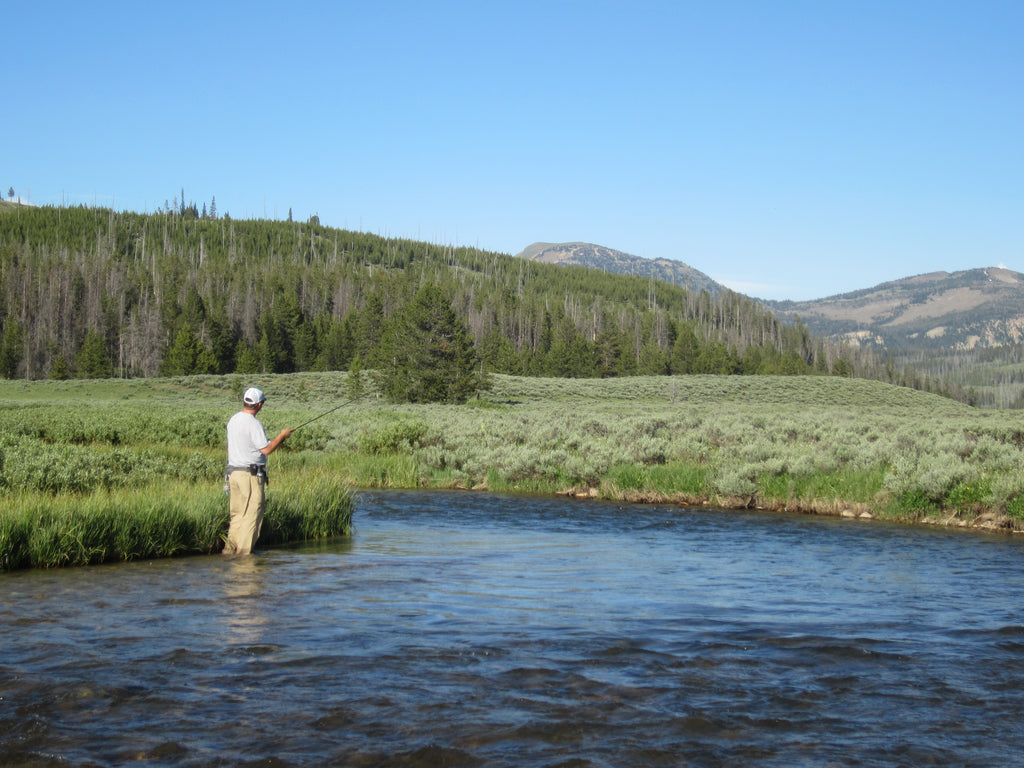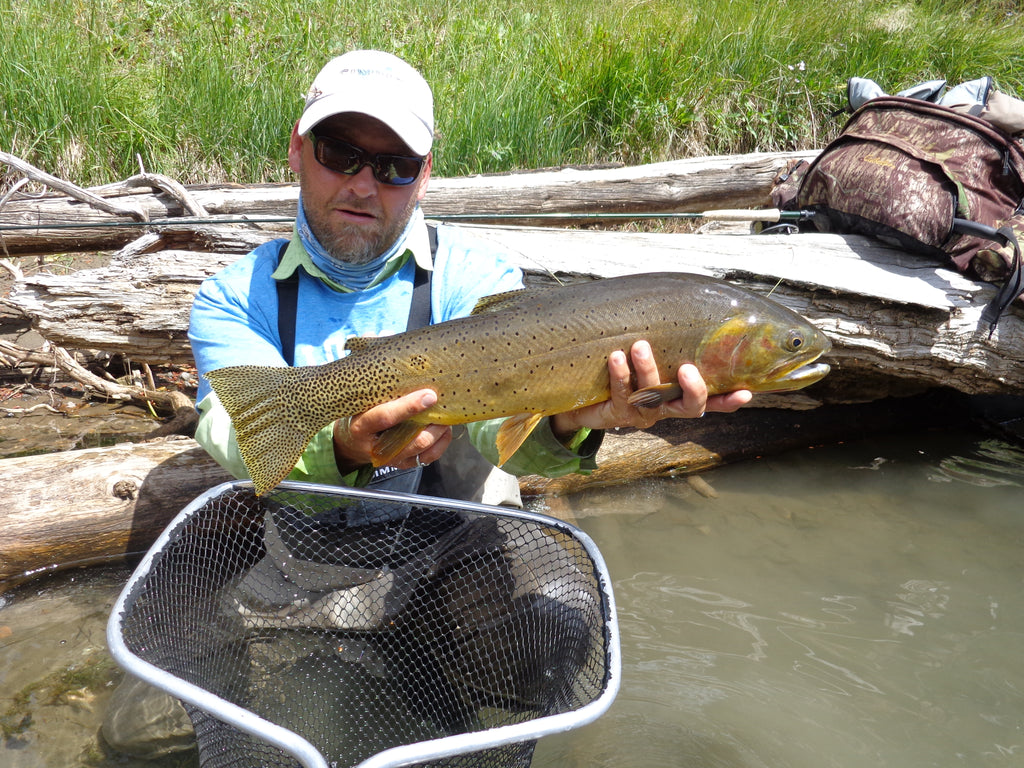Our Rivers
The Rivers we Fly Fish

West Yellowstone is nestled in the heart of the finest fly fishing in the country. We have hundreds of miles of top-notch trout streams within an hour's drive. If you're looking for big mountain streams, we're right next to the Madison. If you're into technical match-the-hatch fishing, the Firehole is right in our backyard. Love lakes? Hebgen Lake is just over five miles away, and has some of the world's finest dry-fly stillwater fishing.
The Big 4- The Madison, the Yellowstone, the Firehole and the Gallatin — these are all legendary rivers, and they're all in our backyard. We live to fish these streams and love helping our customers pick the right river section, flies and techniques. There are few places in the world that offer so many different trout fishing opportunities in one beautiful area.
Our namesake, the Madison River, originates in Yellowstone where the Firehole and Gibbon rivers meet to create this world renowned trout stream. It takes on many characteristics as it winds it's way through the park and on into Montana where it flows through the Madison Valley as a freestone river and healthy trout habitat. With great wading access and an amazing stretch of river to float we spend a lot of time fishing this river throughout the year.
Book a trip today and see why thousands of anglers from all around the world make the pilgrimage to the Yellowstone area every year.
Madison River In Montana
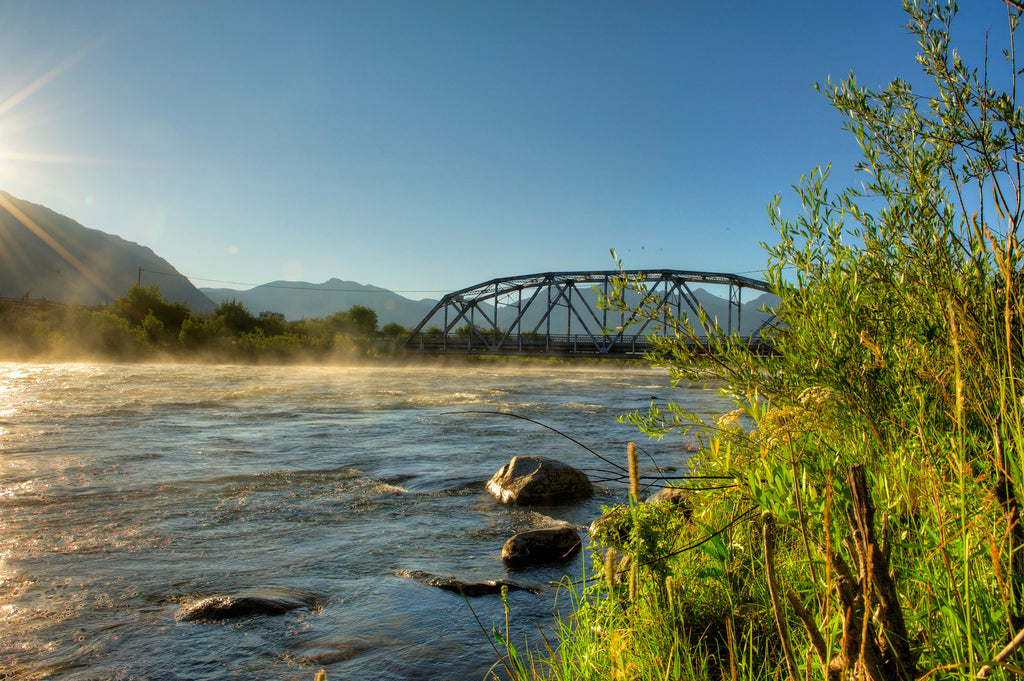
Wide riffles, deep pools and long stretches of pocket water define the Madison after it leaves the park and flows through Hebgen Lake. From Hebgen Lake to Lyon's Bridge the Madison is both a chalk stream and a big mountain freestone. Great hatches and easy access makes this a wading anglers dream.
From the postcard-perfect panoramas of Three Dollar Bridge and Raynold's Pass, to lesser-known stretches, the wade section of the Madison is a true western fly fishing experience. Below Lyon's Bridge the river opens up and is best fished from a boat. Our guides have been rowing the Madison for decades and know every rock, riffle and run.
Book a trip today and see why thousands of anglers from all around the world make the pilgrimage to the Madison every year.
Madison River in Yellowstone National Park
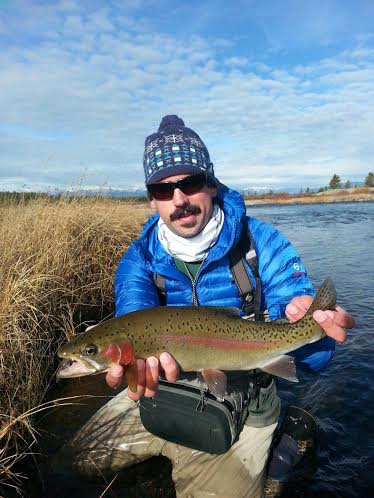
The Madison inside Yellowstone Park's boundary is a world-wide draw for angler's looking to catch trophy sized lake-run Brown and Rainbow trout in the spring and fall time. The Madison River is formed by the Gibbon and Firehole rivers, two gems in their own right.
This large spring-creek type river is characterized by long runs, sweeping bends, and wildlife such as Elk and Bison walking the banks while you fish.
From early season nymphing, to plopping huge salmon flies against the banks, swinging streamers and soft-hackles to amazing run of fall-run fish, the Madison in the park has great fishing early and late in the YNP season.
At less than a mile from our shop, the Madison is our home. Come join us on one of the worlds' trout fishing gems. Book your guided fly fishing trip today.
Firehole River - Yellowstone National Park

Often called the strangest trout stream in the world, the Firehole delivers. Born in the thermal areas of Yellowstone, this mineral-rich stream holds an incredible amount of insect life, which in turn grows big, picky trout.
If you're a match the hatch fisherman and live for picky, educated trout delicately sipping small flies in braided currents, this is your stream. The fish grow big and selective on the Firehole — put them on a backdrop of other-worldly steam and hot springs and you have a stream that will never leave your head or your heart.
From PMDs and baetis in the spring through heavy caddis hatches in the early summer, something's almost always hatching on the Firehole. Check in with our shop staff for up-to-date reports on Firehole hatches, or book a trip to have our guides share their years of experience with you.
Gallatin River in Montana
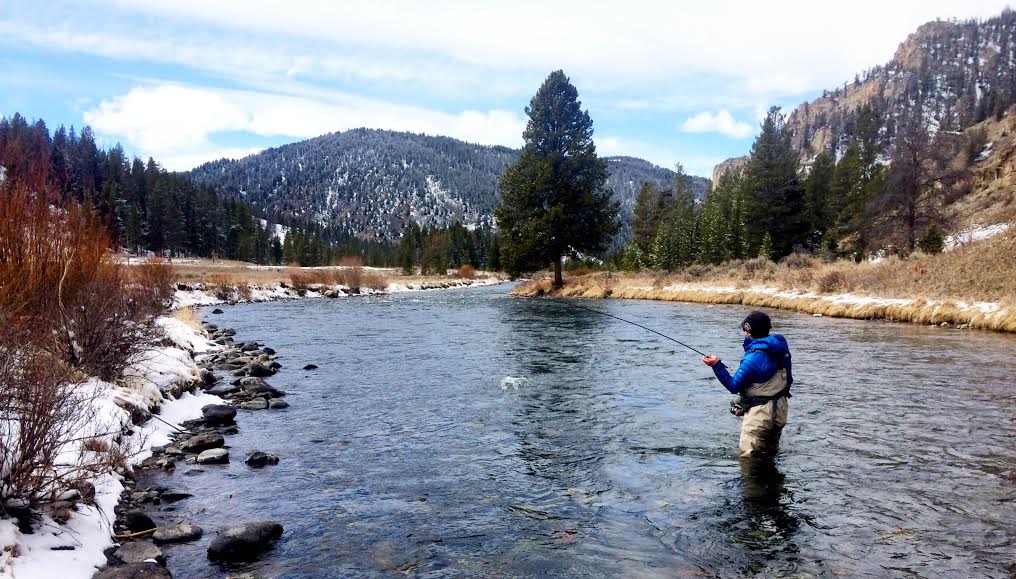
The Gallatin River nearly doubles in size shortly after leaving the Yellowstone Park when the cold waters of the Taylor Fork tumble out of the mountains and joins the river for a trip through some of the most beautiful scenery in the country.
Slow to warm up in the spring, the Gallatin is often coming into shape just as the early-season hatches on the Madison and the Firehole rivers begin to taper off. With great hatches and plenty of wild browns and rainbows, it's no wonder the Gallatin has its own crowd of dedicated anglers. Open year-round, this stretch of the Gallatin often fishes as well in January as it does in July.
This freestone stream offers great year-round opportunities for anglers of all skill levels, let us get you on the river and we'll show you some great fishing and breathtaking scenery.
Gallatin River In Yellowstone National Park
Starting high in the mountains of Yellowstone, the Gallatin River offers great fishing from its headwaters to the park boundary. In its park stretch, the Gallatin runs through a gorgeous meadow, green in the spring and golden in the summer and fall.
Bear, elk and moose bring a true feeling of wilderness to this area, even with Highway 191 running along its length. The Gallatin is incredibly accessible in the park, with pullouts nearly every quarter mile, which makes it easy for all anglers to fish several spots in an afternoon.
The Gallatin isn't nearly as big as its cousin, The Madison, but don't let that fool you — this stream holds its fair share of big fish. Wild rainbow and brown trout seem to be everywhere you'd expect them. Many of the fish are in the 10-14" range, but there's always a chance that a brown up to 22" is lurking under that next undercut bank.
The Gallatin is a wonderful river for anglers of all ages and physical abilities. The fish are plentiful and often seem eager to eat flies presented by even the most novice of anglers. We love to teach folks how to fish on the Gallatin, but it's also one of our most popular destinations for walk and wade trips — Book a trip today and let us show you why.
Gibbon River in Yellowstone Park
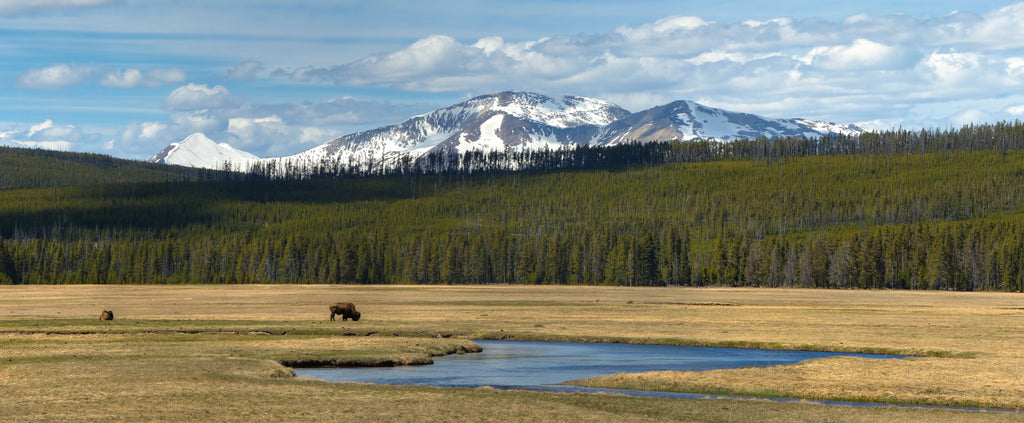
The Gibbon River doesn't get the same amount of attention as the Firehole or the Madison, and we like it that way. While the big name streams are choked with anglers, the Gibbon provides fishing that's often just as good as its neighbors to the east — without the crowds.
Anglers come from all across the country to chase grayling in the Gibbons upper stretches. A short hike to Grebe Lake will give anglers a chance to hook up with these rare fish. As the Gibbon makes it's way toward Gibbon Falls it meanders through wide open meadows with deep pools and heavily undercut banks. These meadow stretches offer some of the parks trickiest and most technical head-hunting for big, wily trout.
Below the falls the Gibbon winds through woods and meadow often following the Grand Loop Road. This stretch is easily accessible and offers not only great fishing for browns and rainbows, but a bit of solitude in a crowded park. In late summer and into the fall, there's always a chance of finding big browns or rainbows that have headed up from Hebgen lake to spawn.
It may not have the name recognition of some of the other streams in the park, but let us get you on the water to show you why the Gibbon is not a stream to be overlooked. For that guided trip with on of your experienced guide, book a trip today with Madison River Outfitters.
Yellowstone River in Yellowstone National Park
The Yellowstone River, the 18th longest un-dammed river in the world and longest in the continental 48. The river is world-famous for the Yellowstone Cutthroat subspecies who make up 90%+ of the trout population in this region. Most popular are the sections inside YNP upstream and downstream of LeHardy's rapid, where 24'' inch Cutthroat are caught daily on dry flies. The season is short, middle of July to the first Sunday in November, so get there while you can.
Rivers of the Northeast Corner of Yellowstone
Whether you are stopping off the road to fish the Lamar or hiking backcountry to the Slough Creek meadows, the Northeast Corner of Yellowstone provides some of the park's finest angling opportunities.
After the rivers in the Lamar Valley clear from run off in July, they offer some of the finest dry-fly fishing in the Park. Anglers seeking native Yellowstone Cutthroat flock to the Lamar, Soda Butte, Slough Creek and smaller tributaries such as Pebble Creek and Cache Creek. These streams all feature consistent dry fly fishing with both aquatic hatches and terrestrial action being a huge draw. The Lamar Valley is also one of the most picturesque places to fly fish in Yellowstone and offers the best wildlife viewing of anywhere in Yellowstone Park.

